Dog puberty is a fascinating stage where you might notice numerous behavioral and physical changes in your furry friend.
Much like humans, dogs experience this developmental phase with unique quirks and transformations.
Whether it’s an alteration in mood or a newfound interest in the opposite gender, this period is marked by growth and unpredictability.
Understanding these changes can help you support your pet through this transitional time.
Here, we explore 12 things you’ll definitely notice when your dog hits puberty, providing insight into this pivotal phase of their life.
Sudden Mood Swings

A quiet afternoon might suddenly be interrupted by unexpected barking or growling. During puberty, dogs can experience mood swings akin to human teenagers.
One moment, they may be calm and relaxed, basking in the sun. The next, they’re restless and eager to engage in some mischief. This emotional rollercoaster is part of their developmental journey. You might notice them being more reactive to stimuli, such as other animals or noises.
It’s crucial to offer patience and understanding during these times. Soft reassurances or gentle play can help them navigate these emotional tides.
Increased Independence
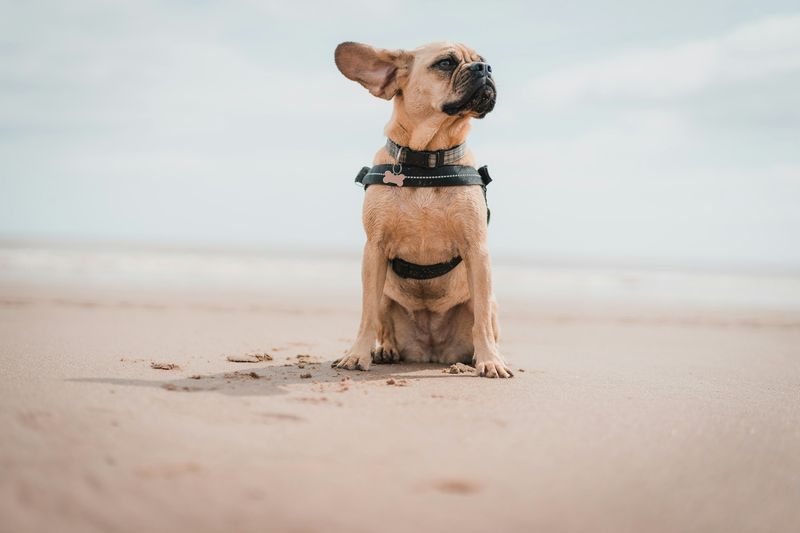
Your once clingy pup might now seek more solo adventures. Puberty brings a sense of independence, where your dog may enjoy venturing off alone, exploring new paths.
This newfound autonomy is part of their natural growth. They may occasionally ignore commands, testing boundaries and asserting their will. It’s a phase of self-discovery, and while it’s important to allow some freedom, consistent training is still essential.
Encouraging safe exploration can foster confidence. Remember, this is a temporary phase, and maintaining a balance between freedom and discipline will benefit your growing pet.
Interest in Other Dogs
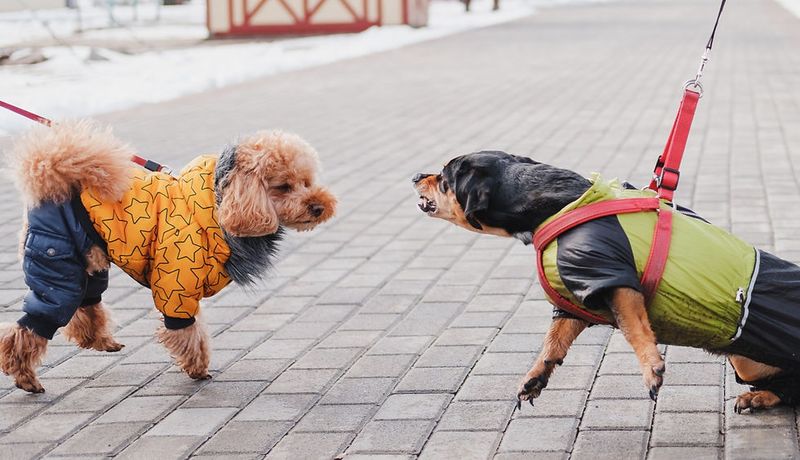
Suddenly, your dog seems more interested in sniffing and interacting with other dogs. This isn’t just curiosity; it’s a hormonal drive that surfaces during puberty.
Social interactions become more meaningful as they start exploring relationships with their canine peers. You’ll notice them paying extra attention to scents, marking their territory more frequently. These behaviors are natural and part of their social development.
Supervised playdates can be a great way to let them explore these instincts safely. Understanding these interactions will help you guide them through this social learning curve.
Territorial Marking

As hormones surge, marking becomes more prevalent. Your dog might take to lifting their leg on anything vertical to claim their space.
This instinctual behavior signals their presence to other dogs. It might be frustrating to find unexpected markings, but it’s a significant part of their maturing process. Consistent training and positive reinforcement can guide them to appropriate marking spots.
Over time, as they settle into adulthood, this behavior typically lessens. Encouraging them to mark in designated areas can help manage this behavior while they transition through puberty.
Change in Appetite
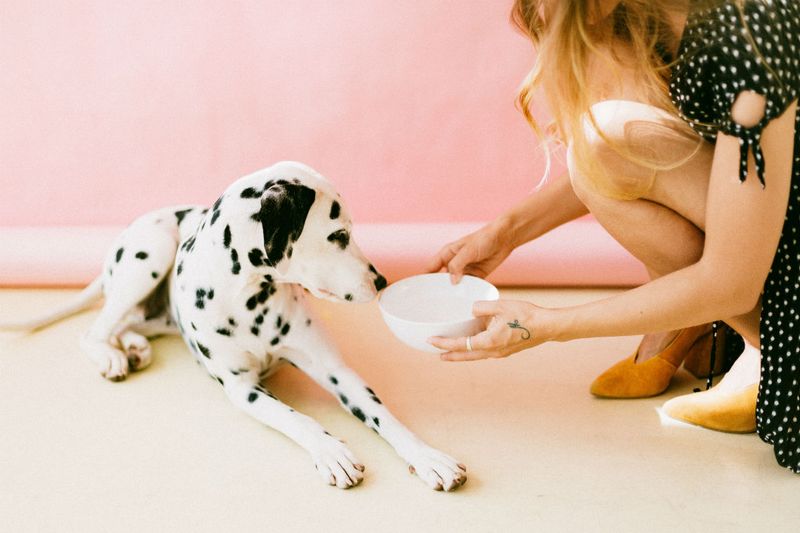
You might notice fluctuations in your dog’s appetite. Puberty can bring about an increased hunger as they grow and develop.
One day, they might wolf down their meal within seconds; another day, they’re more selective. This variation is often linked to their growth spurts and energy needs. Offering balanced and nutritious meals can support their changing dietary requirements.
Monitoring their food intake ensures they’re getting the necessary nutrients. Being attentive to these shifts will help you cater to their nutritional needs during this transformative period.
Newfound Curiosity
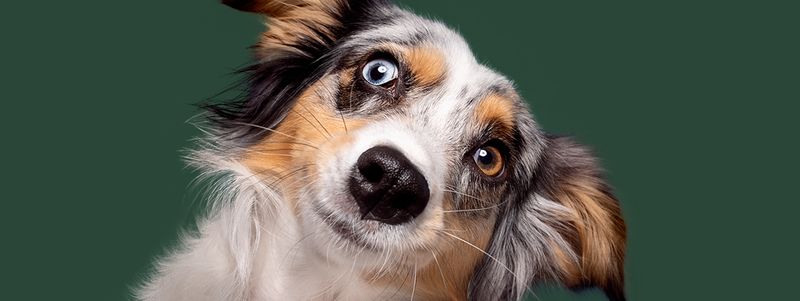
Puberty ignites a spark of curiosity in dogs. You might find them investigating every nook and cranny, from household plants to garden patches.
This heightened inquisitiveness is a crucial part of their cognitive development. Exploring their environment helps them understand their world better and builds confidence. It’s essential to supervise their explorations, ensuring they stay safe while satisfying their curiosity.
Providing interactive toys and engaging activities can channel this energy positively. This phase is temporary, and encouraging safe exploration will benefit their overall development.
Testing Boundaries
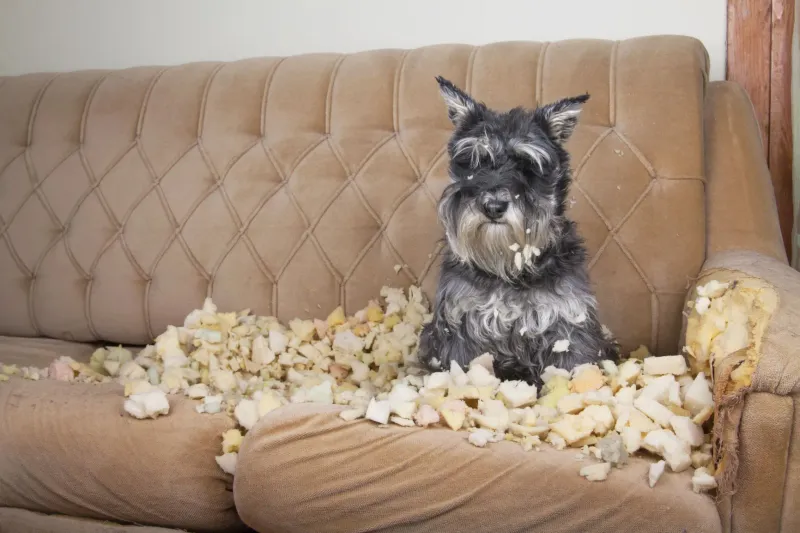
Just like human teens, dogs test limits during puberty. You might catch them trying to sneak past set boundaries or ignoring commands they once followed.
This behavior is a mix of testing independence and asserting themselves. It’s crucial to remain consistent with rules and training. Positive reinforcement and patience will help guide them through this phase.
While it might be challenging, remember that this testing period is temporary. Your consistent approach will reinforce boundaries, leading to a well-behaved adult dog. Maintaining structure is key during this developmental stage.
Vocal Changes
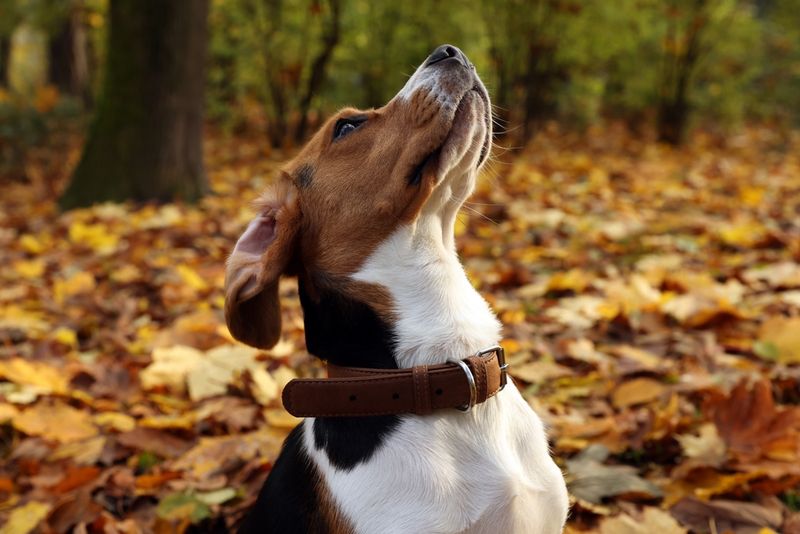
Dogs’ voices can change during puberty, becoming deeper or more pronounced. You may notice your pup experimenting with different vocalizations, from howls to growls.
This is a natural part of their growth, as they explore their range of sounds. These vocal changes can serve as a form of communication or expression. Encouraging appropriate vocal behavior with rewards can help moderate excessive noise.
Understanding their need to vocalize will allow you to nurture this expressive side while maintaining harmony in your home.
Energy Spikes
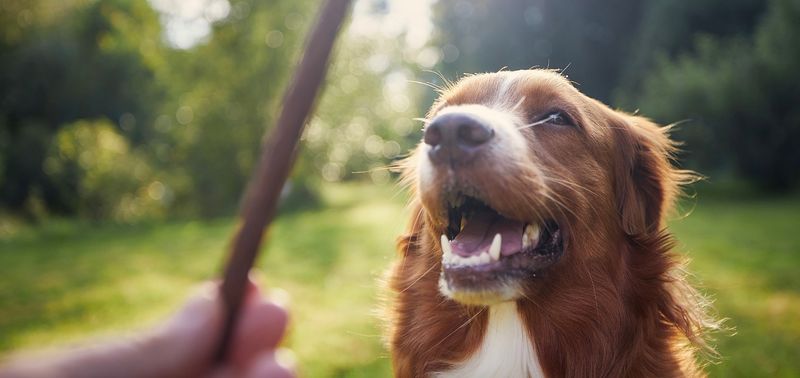
Sudden bursts of energy are common during puberty. Your dog may experience hyperactive moments, eager to run, jump, and play.
These energy spikes are often paired with growth spurts, requiring more physical activity to burn off the extra energy. Providing ample opportunities for exercise is crucial.
Engaging in activities like fetch or long walks can be beneficial. This phase of high energy is normal, and channeling it positively encourages a healthy, happy dog. Soon, these exuberant moments will balance out as they mature into adulthood.
Physical Changes
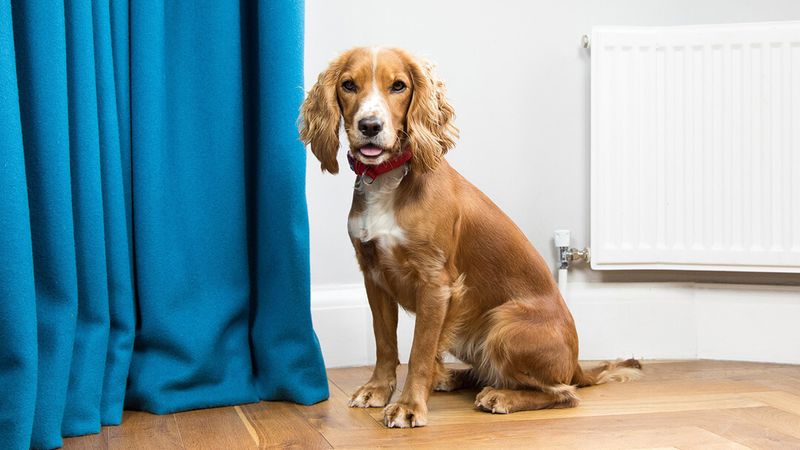
Physical transformations are evident during puberty. You might notice your dog’s paws seeming larger, or their body taking on a more defined shape.
This growth is a visual representation of their journey to adulthood. As they grow, their coordination may temporarily suffer, leading to clumsy antics. Ensuring they have a safe space to move and play reduces the risk of injury.
These changes signify their development into a mature dog, and soon, their body will proportionally settle. Supporting them with proper nutrition and care facilitates this natural progression.
Increased Sleep Requirement
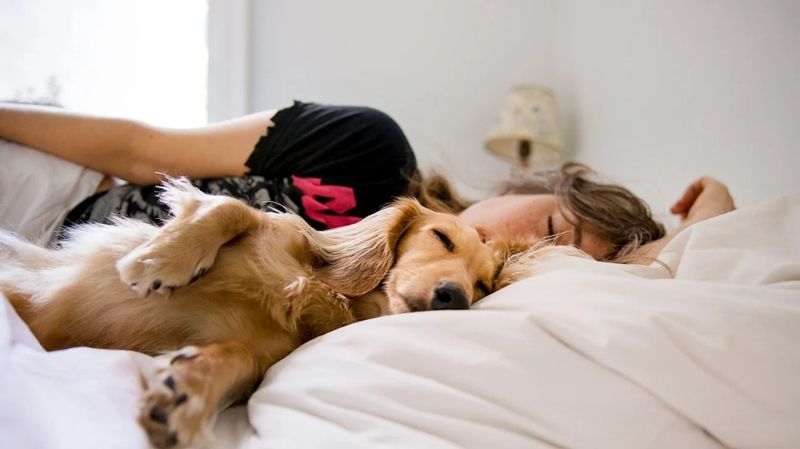
Amidst all the excitement, your pup will need more rest. Increased sleep is a hallmark of puberty, as their bodies and minds work hard to grow.
You might find them napping more frequently and for longer durations. It’s essential to provide them with a comfortable resting space to support their sleep needs. Allowing uninterrupted rest will contribute to their health and development.
This pattern of increased sleep is temporary, aligning with their growth spurts. Embracing their need for rest ensures they wake up refreshed and ready for their next adventure.
Heightened Sensitivity
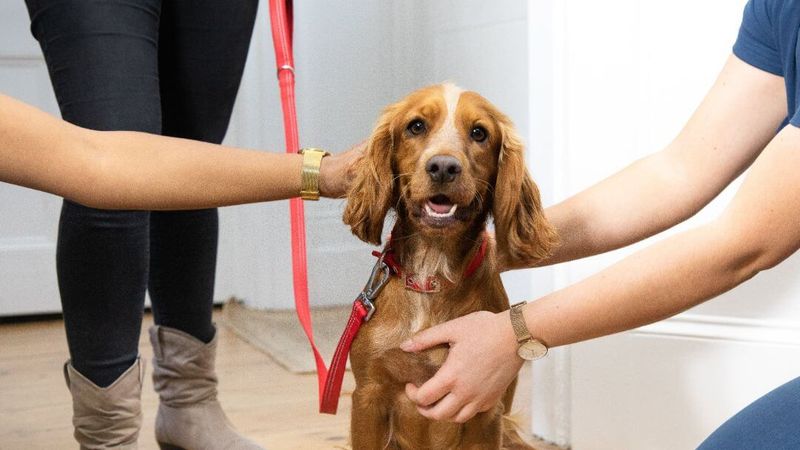
Puberty can heighten a dog’s sensitivity to their surroundings. Sounds, smells, and even touch might elicit stronger reactions than before.
This increased awareness is part of their developmental growth, helping them better interact with the world. You might find them more reactive to noises or seeking comfort during thunderstorms. Offering reassurance and a calm environment helps them adapt to these heightened senses.
Patience and understanding play a crucial role in supporting them through this sensory phase. Soon, they’ll learn to manage these responses as they mature.

